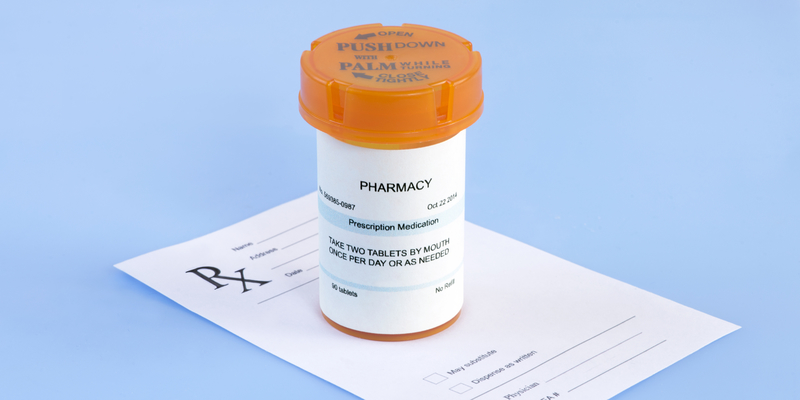There are three medications commonly used to treat opioid addiction:
Methadone – clinic-based opioid agonist that does not block other narcotics while preventing withdrawal while taking it; daily liquid dispensed only in specialty regulated clinics
Naltrexone – office-based non-addictive opioid antagonist that blocks the effects of other narcotics; daily pill or monthly injection
Buprenorphine – office-based opioid agonist/ antagonist that blocks other narcotics while reducing withdrawal risk; daily dissolving tablet, cheek film, or 6-month implant under the skin
Our COR-12 Program uses either Naltrexone or Buprenorphine depending on what our physicians feel is the best course of action for each patient.
A common misconception about Medically Assisted Treatment for Substance Use Disorder is that you are replacing one drug with another and creating a whole new addiction.
Taking medication for opioid addiction is like taking medication to control heart disease or diabetes. It is NOT the same as substituting one addictive drug for another. Used properly, the medication does NOT create a new addiction. It helps you manage your addiction so that the benefits of recovery can be maintained.

